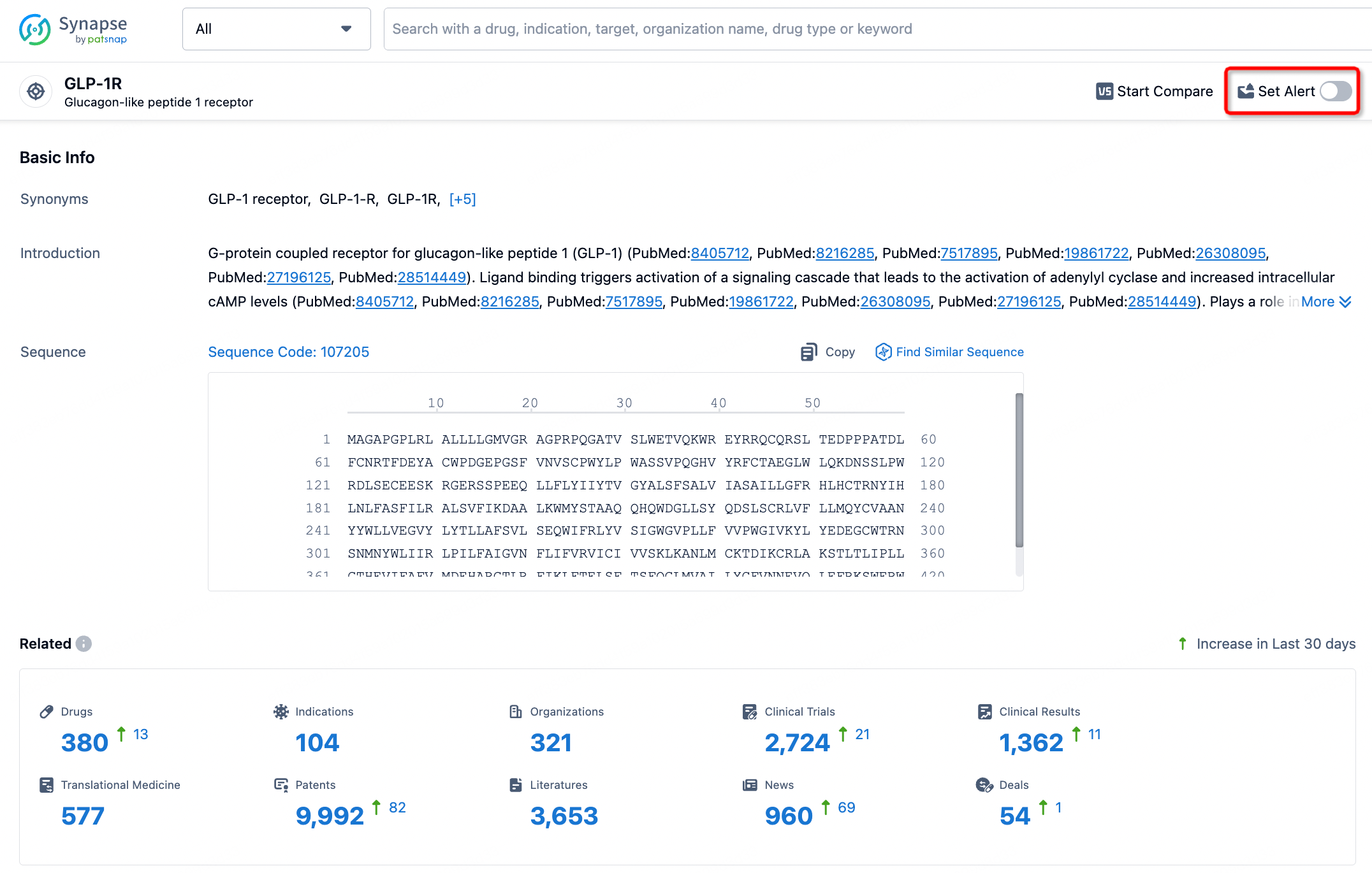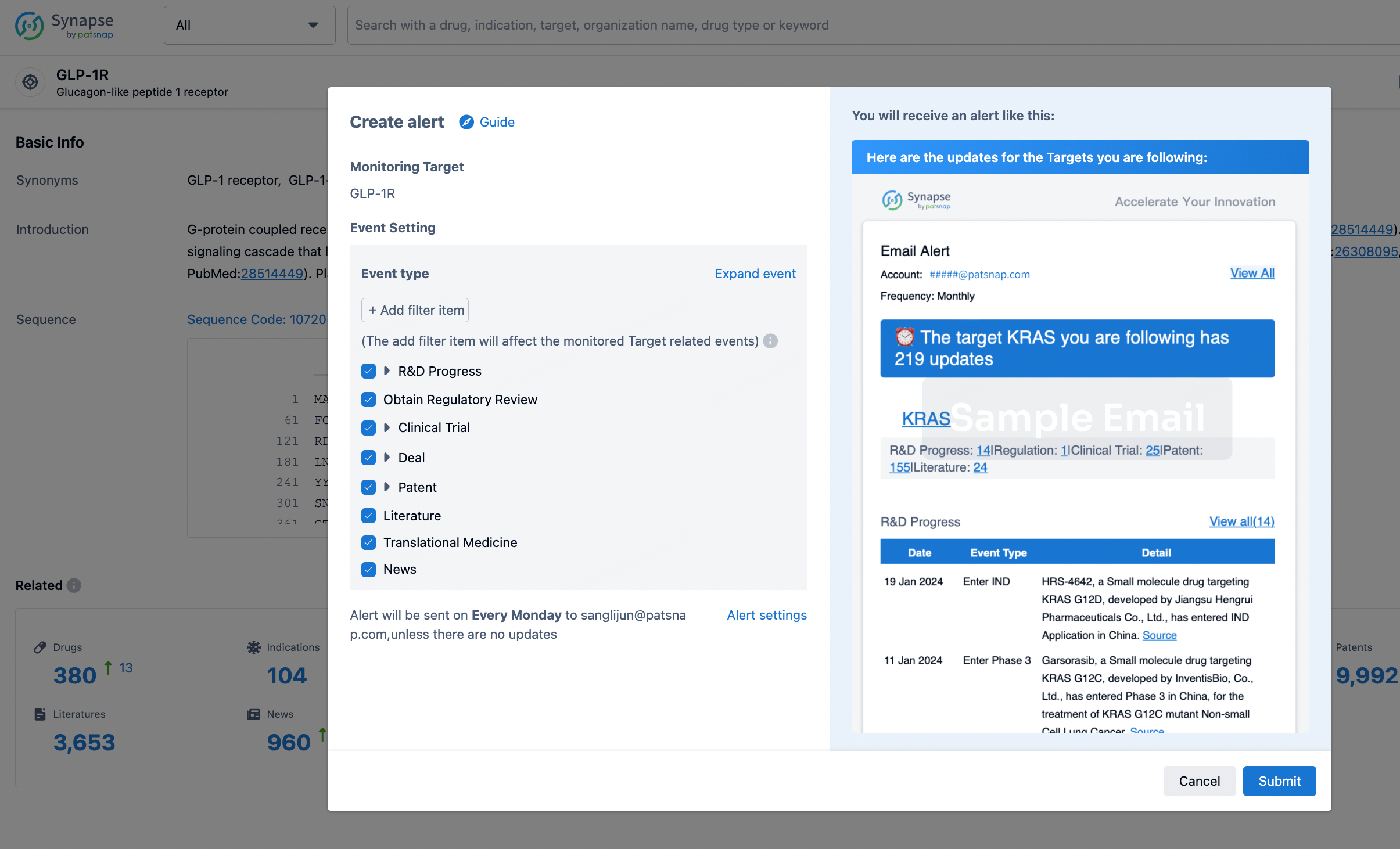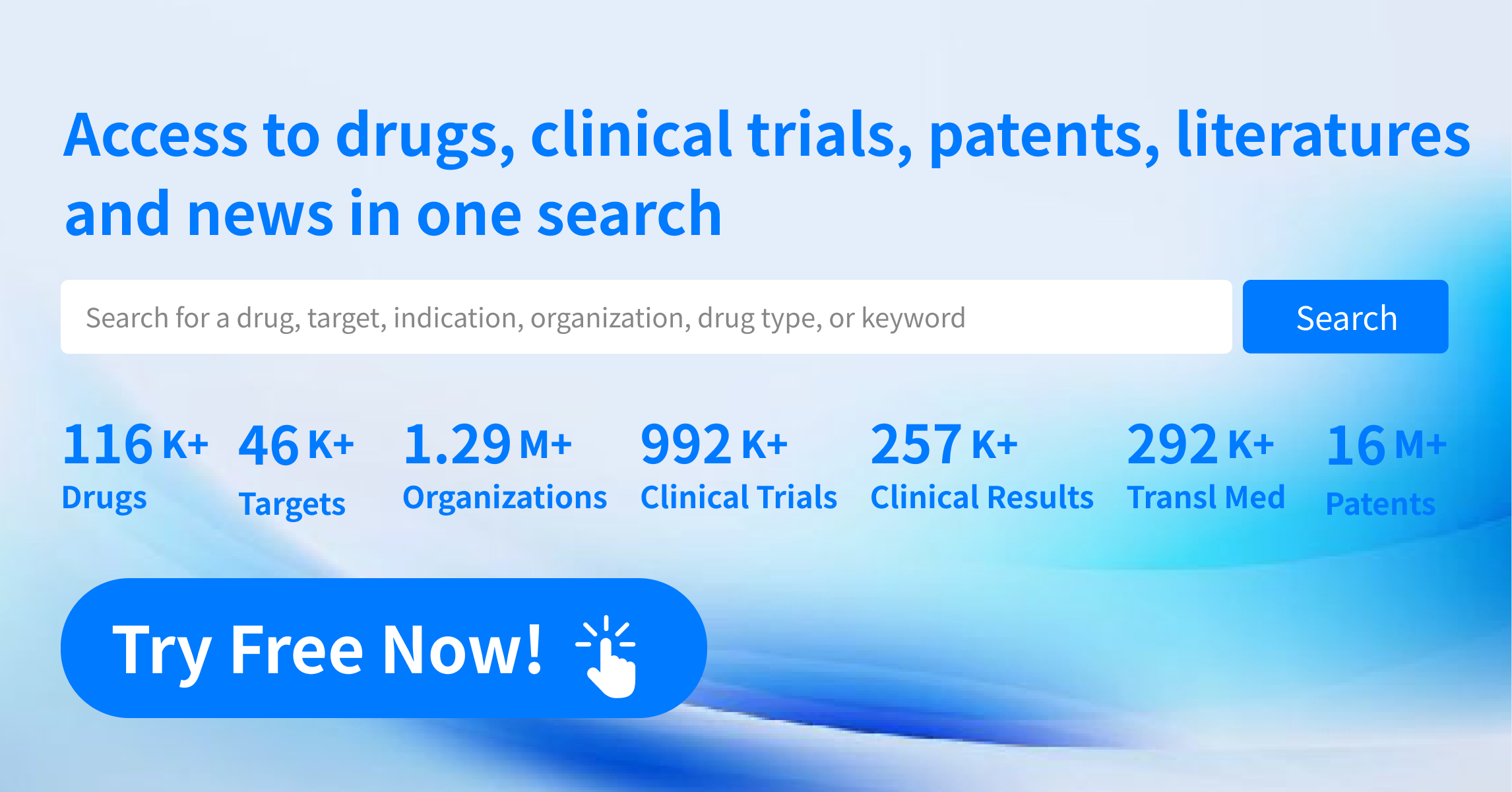Request Demo
What are CAIX inhibitors and how do they work?
21 June 2024
Carbonic anhydrase IX (CAIX) inhibitors are a fascinating area of research in the field of oncology and pharmaceuticals. As scientists and medical professionals continue to search for more effective treatments for various cancers, CAIX inhibitors have emerged as a promising therapeutic option. Understanding their mechanism of action and potential applications is essential for appreciating their significance in modern medicine.
Carbonic anhydrase IX (CAIX) is an enzyme that is expressed on the surface of certain cancer cells, particularly those found in hypoxic, or low-oxygen, environments. Its primary function is to regulate pH levels within cells by catalyzing the reversible hydration of carbon dioxide. In the acidic microenvironment of tumors, CAIX helps to maintain a pH balance that promotes cancer cell survival and proliferation. This makes CAIX an attractive target for cancer therapy, as inhibiting its activity can disrupt the tumor's ability to thrive.
CAIX inhibitors work by blocking the enzymatic activity of CAIX, effectively hampering its ability to regulate pH levels within cancer cells. This disruption in pH balance leads to an accumulation of acidic by-products within the tumor, creating an inhospitable environment for cancer cell survival. By inhibiting CAIX, these compounds can induce cellular stress, hinder tumor growth, and even promote apoptosis, or programmed cell death, in cancer cells. Additionally, CAIX inhibitors may enhance the efficacy of other cancer treatments, such as chemotherapy and radiation therapy, by sensitizing tumors to these modalities.
One of the key challenges in developing CAIX inhibitors is achieving selectivity for CAIX over other carbonic anhydrase isoforms present in the body. Carbonic anhydrases are a family of enzymes with similar catalytic functions, and inhibiting the wrong isoform could lead to undesirable side effects. Therefore, researchers have focused on designing and optimizing small molecules that specifically target CAIX, minimizing off-target interactions and improving the therapeutic index of these inhibitors.
CAIX inhibitors have shown promise in various preclinical and clinical studies, particularly in the context of solid tumors, such as renal cell carcinoma, breast cancer, and glioblastoma. Renal cell carcinoma, for example, often exhibits high levels of CAIX expression due to the hypoxic nature of the tumor microenvironment. Inhibiting CAIX in these tumors can lead to reduced tumor growth and improved overall survival rates in patients. Similarly, breast cancer and glioblastoma, both known for their aggressive behavior and poor prognosis, have also been identified as potential targets for CAIX inhibition.
Beyond oncology, CAIX inhibitors may have applications in other disease areas characterized by hypoxia and abnormal pH regulation. For instance, researchers are exploring the potential use of CAIX inhibitors in ischemic conditions, such as stroke and myocardial infarction, where tissue hypoxia plays a critical role in disease progression. By modulating pH levels in affected tissues, CAIX inhibitors could potentially mitigate damage and improve patient outcomes.
Moreover, the role of CAIX in facilitating tumor metastasis has garnered attention, as CAIX expression is often upregulated in metastatic lesions. Targeting CAIX in these cases could help prevent the spread of cancer to distant organs, thereby improving the overall prognosis for patients with advanced-stage cancers.
In conclusion, CAIX inhibitors represent a promising class of therapeutic agents with the potential to revolutionize cancer treatment and beyond. By specifically targeting the CAIX enzyme, these inhibitors can disrupt the pH balance within tumors, hinder cancer cell survival, and enhance the efficacy of existing treatments. As research continues to advance, CAIX inhibitors may offer new hope for patients battling various cancers and other hypoxia-related diseases, paving the way for more effective and personalized therapeutic strategies.
Carbonic anhydrase IX (CAIX) is an enzyme that is expressed on the surface of certain cancer cells, particularly those found in hypoxic, or low-oxygen, environments. Its primary function is to regulate pH levels within cells by catalyzing the reversible hydration of carbon dioxide. In the acidic microenvironment of tumors, CAIX helps to maintain a pH balance that promotes cancer cell survival and proliferation. This makes CAIX an attractive target for cancer therapy, as inhibiting its activity can disrupt the tumor's ability to thrive.
CAIX inhibitors work by blocking the enzymatic activity of CAIX, effectively hampering its ability to regulate pH levels within cancer cells. This disruption in pH balance leads to an accumulation of acidic by-products within the tumor, creating an inhospitable environment for cancer cell survival. By inhibiting CAIX, these compounds can induce cellular stress, hinder tumor growth, and even promote apoptosis, or programmed cell death, in cancer cells. Additionally, CAIX inhibitors may enhance the efficacy of other cancer treatments, such as chemotherapy and radiation therapy, by sensitizing tumors to these modalities.
One of the key challenges in developing CAIX inhibitors is achieving selectivity for CAIX over other carbonic anhydrase isoforms present in the body. Carbonic anhydrases are a family of enzymes with similar catalytic functions, and inhibiting the wrong isoform could lead to undesirable side effects. Therefore, researchers have focused on designing and optimizing small molecules that specifically target CAIX, minimizing off-target interactions and improving the therapeutic index of these inhibitors.
CAIX inhibitors have shown promise in various preclinical and clinical studies, particularly in the context of solid tumors, such as renal cell carcinoma, breast cancer, and glioblastoma. Renal cell carcinoma, for example, often exhibits high levels of CAIX expression due to the hypoxic nature of the tumor microenvironment. Inhibiting CAIX in these tumors can lead to reduced tumor growth and improved overall survival rates in patients. Similarly, breast cancer and glioblastoma, both known for their aggressive behavior and poor prognosis, have also been identified as potential targets for CAIX inhibition.
Beyond oncology, CAIX inhibitors may have applications in other disease areas characterized by hypoxia and abnormal pH regulation. For instance, researchers are exploring the potential use of CAIX inhibitors in ischemic conditions, such as stroke and myocardial infarction, where tissue hypoxia plays a critical role in disease progression. By modulating pH levels in affected tissues, CAIX inhibitors could potentially mitigate damage and improve patient outcomes.
Moreover, the role of CAIX in facilitating tumor metastasis has garnered attention, as CAIX expression is often upregulated in metastatic lesions. Targeting CAIX in these cases could help prevent the spread of cancer to distant organs, thereby improving the overall prognosis for patients with advanced-stage cancers.
In conclusion, CAIX inhibitors represent a promising class of therapeutic agents with the potential to revolutionize cancer treatment and beyond. By specifically targeting the CAIX enzyme, these inhibitors can disrupt the pH balance within tumors, hinder cancer cell survival, and enhance the efficacy of existing treatments. As research continues to advance, CAIX inhibitors may offer new hope for patients battling various cancers and other hypoxia-related diseases, paving the way for more effective and personalized therapeutic strategies.
How to obtain the latest development progress of all targets?
In the Synapse database, you can stay updated on the latest research and development advances of all targets. This service is accessible anytime and anywhere, with updates available daily or weekly. Use the "Set Alert" function to stay informed. Click on the image below to embark on a brand new journey of drug discovery!
AI Agents Built for Biopharma Breakthroughs
Accelerate discovery. Empower decisions. Transform outcomes.
Get started for free today!
Accelerate Strategic R&D decision making with Synapse, PatSnap’s AI-powered Connected Innovation Intelligence Platform Built for Life Sciences Professionals.
Start your data trial now!
Synapse data is also accessible to external entities via APIs or data packages. Empower better decisions with the latest in pharmaceutical intelligence.


